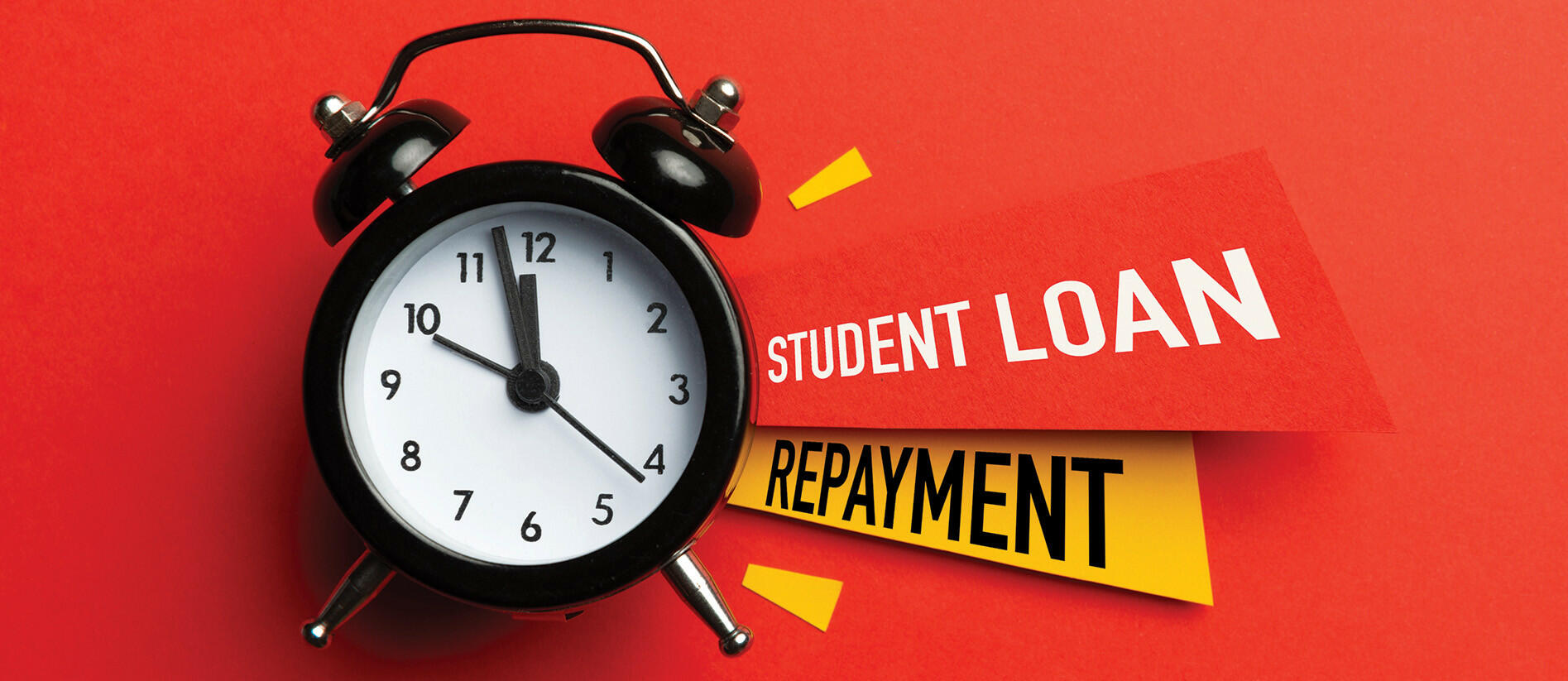The federal student loan repayment system is one of the most complex aspects of higher education financing in the United States.
Millions of borrowers leave college with federal loans, but the repayment process is far from straightforward. With multiple repayment plans, loan forgiveness opportunities, and varying interest rates, it can be overwhelming for borrowers to determine the best path forward. Understanding the intricacies of the system is essential to avoid financial stress, manage debt responsibly, and ultimately achieve financial independence.
Understanding Federal Student Loan Repayment Options
Federal student loans offer a range of repayment plans designed to meet the diverse needs of borrowers. Standard repayment spans ten years with fixed monthly payments, making it the most straightforward option. However, not all borrowers can afford this structure, especially those with high debt relative to income.
For that reason, income-driven repayment (IDR) plans—such as Income-Based Repayment (IBR), Pay As You Earn (PAYE), Revised Pay As You Earn (REPAYE), and Income-Contingent Repayment (ICR)—allow payments to be tied to a borrower’s income and family size. These plans can reduce monthly payments substantially, although interest accrues over a longer period, often resulting in higher total repayment costs over time.
Another critical element is loan consolidation, which allows borrowers to combine multiple federal loans into a single one, simplifying repayment. Consolidation can also provide access to certain repayment or forgiveness programs that were otherwise unavailable. However, borrowers must carefully weigh the trade-offs, as consolidation may reset certain progress toward forgiveness.
Loan Forgiveness and Relief Programs
For many borrowers, loan forgiveness represents a beacon of hope in managing long-term student debt. Public Service Loan Forgiveness (PSLF) is one of the most widely recognized programs, forgiving remaining balances after ten years of qualifying payments for borrowers employed in government or nonprofit sectors. Teacher Loan Forgiveness offers relief for educators working in underserved schools, while IDR forgiveness discharges remaining balances after 20–25 years of payments under income-driven plans.
Recent changes have also shaped the landscape of forgiveness. Temporary waivers and adjustments have expanded eligibility for PSLF and corrected past servicing errors, offering thousands of borrowers a fresh start (Federal Student Aid, 2024). Programs like the Department of Education’s Fresh Start initiative have also provided a pathway out of default for millions of borrowers, reinstating their eligibility for aid and giving them a chance to rebuild repayment histories.
The Impact of Interest and Capitalization
Interest plays a pivotal role in how much a borrower ultimately repays. Federal student loans carry fixed interest rates, but the way interest accrues can vary. When payments are not made in full, unpaid interest may capitalize—meaning it is added to the loan’s principal balance, leading to interest being charged on a higher total amount. This cycle can significantly increase the lifetime cost of the loan.
For borrowers on income-driven plans, the government sometimes subsidizes unpaid interest to help mitigate these costs. For example, under REPAYE, the government covers a portion of unpaid interest for a certain number of years. Still, understanding capitalization rules is essential, especially for borrowers who may pause repayment through deferment or forbearance, as these interruptions can increase total debt.

Managing student loan repayment starts with tracking your money, calculator in hand.
Navigating Repayment During Financial Hardship
Life circumstances often complicate repayment. Unexpected job loss, medical expenses, or economic downturns can make even income-driven payments difficult. In such cases, federal programs like deferment and forbearance can provide temporary relief according to Bankrate. Deferment may pause both payments and interest accrual for specific situations, such as unemployment or military service, while forbearance allows borrowers to temporarily stop or reduce payments, though interest typically continues to accrue.
However, these measures should be approached with caution. Prolonged use of deferment or forbearance can dramatically increase total repayment costs. Borrowers facing hardship may instead find income-driven repayment more sustainable in the long run, as it adjusts to income changes rather than pausing obligations entirely.
Budgeting Tips for Successful Repayment
Federal student loan repayments resumed in October 2023, and millions of borrowers struggled to adjust their budgets to include these additional monthly expenses. Nearly nine million missed their first payment, underscoring the importance of proactive budgeting. The key to staying on track lies in balancing income with expenses and making adjustments where possible.
Borrowers can begin by reviewing discretionary spending and identifying areas for reduction, such as entertainment or dining out. Housing is often a major cost driver, and seeking more affordable arrangements can free up significant resources. Similarly, reducing utility bills, negotiating subscriptions, or consolidating debt can provide much-needed flexibility.
On the income side, considering part-time work, freelance opportunities, or negotiating raises can help create room for loan payments. Improving one’s credit score can also lead to lower interest costs on other financial obligations, indirectly supporting loan repayment.
Strategies to Tackle Student Loan Payments
For those who find little room in their budgets, repayment strategies are essential. Enrolling in one of the federal government’s income-driven repayment plans allows payments to be capped based on income and family size, sometimes reducing monthly obligations to as low as $0. At the end of the repayment term, any outstanding balance may be forgiven, though the forgiven amount may be subject to taxation in certain cases.
Another effective approach is making additional payments toward principal whenever possible. Even small extra contributions can reduce the overall balance faster, cutting down on interest costs. Borrowers with strong credit and stable employment may also consider refinancing with a private lender to secure lower interest rates, though this comes at the cost of losing federal protections such as loan forgiveness and income-driven options.
Ultimately, responsible loan repayment requires a proactive approach. Tools like the Department of Education’s Loan Simulator can help borrowers model repayment options and select the plan that best fits their circumstances.
People Also Ask
What happens if I miss a student loan payment?
Missing a federal student loan payment can lead to delinquency and eventually default if left unresolved. Delinquency begins the day after a missed payment, and default occurs after 270 days of non-payment. Default can severely damage credit, result in wage garnishment, and limit access to additional federal aid.
Is refinancing student loans a good option?
Refinancing federal loans through a private lender can potentially lower interest rates but comes at a cost. Borrowers who refinance lose access to federal protections, including income-driven repayment, loan forgiveness, and deferment options. For this reason, refinancing is generally better suited for borrowers with stable income and low risk of needing federal protections.
Can student loans be discharged in bankruptcy?
Discharging federal student loans in bankruptcy is challenging but not impossible. Borrowers must prove “undue hardship” through a legal process, which historically has been difficult to establish. However, recent policy updates have aimed to make this process more accessible for borrowers in genuine financial distress.
Do federal student loans affect credit scores?
Yes, federal student loans can impact credit scores both positively and negatively. On-time payments help build credit history, while late or missed payments can harm it. Defaulting on federal loans has significant negative effects, often limiting access to future credit opportunities.
Conclusion
The federal student loan repayment system is layered with complexity, yet understanding its moving parts is essential for borrowers to make informed financial decisions. Choosing the right repayment plan, staying aware of forgiveness opportunities, and managing interest accrual can mean the difference between financial burden and sustainable repayment. As the recent surge in missed payments has shown, budgeting plays a critical role in this process.
While the system continues to evolve through legislative changes and administrative updates, proactive borrowers who educate themselves and seek guidance when needed will be best positioned to navigate repayment successfully. Federal student loans represent not only an investment in education but also a long-term financial responsibility that requires strategic planning and careful execution.















